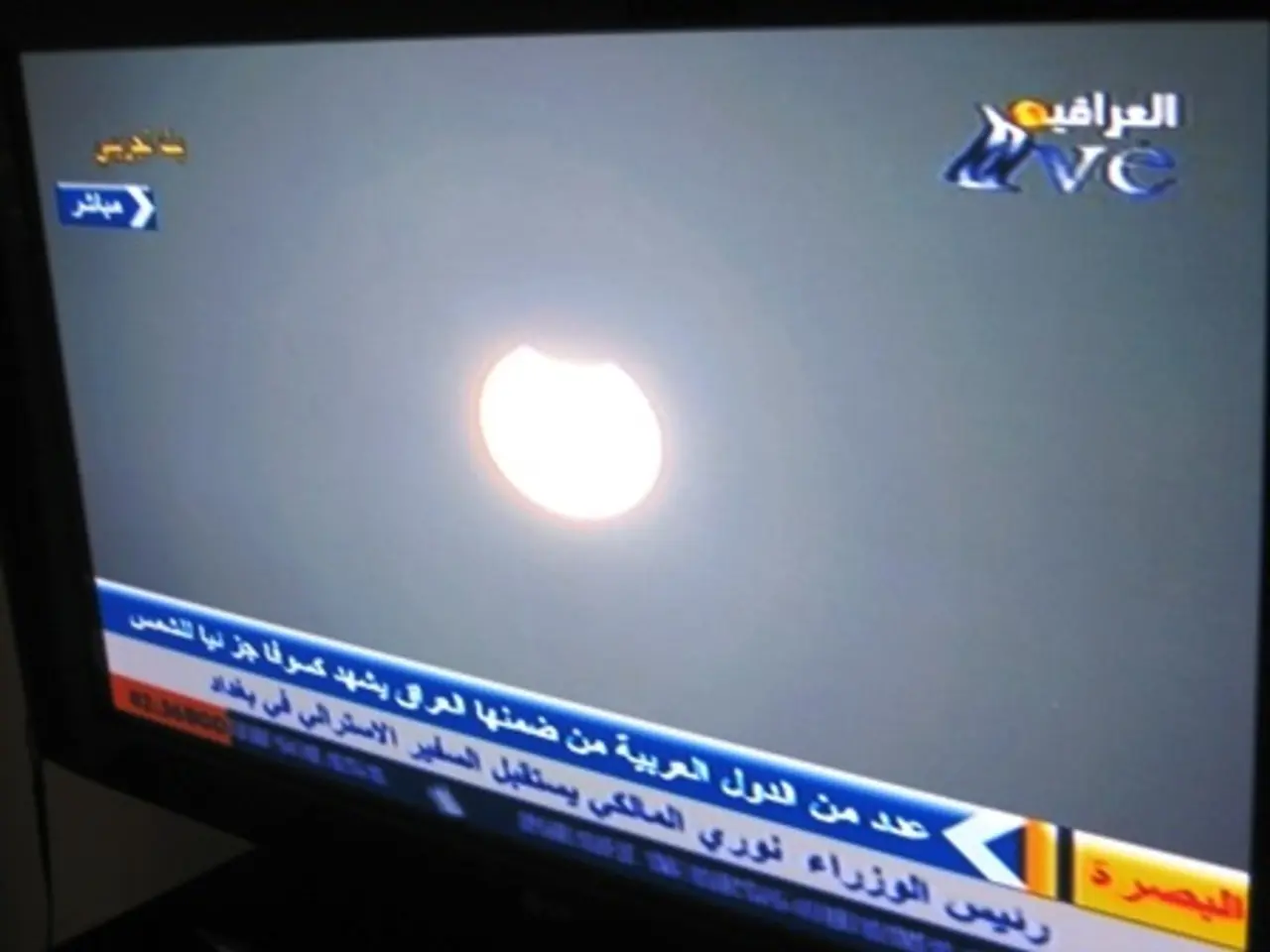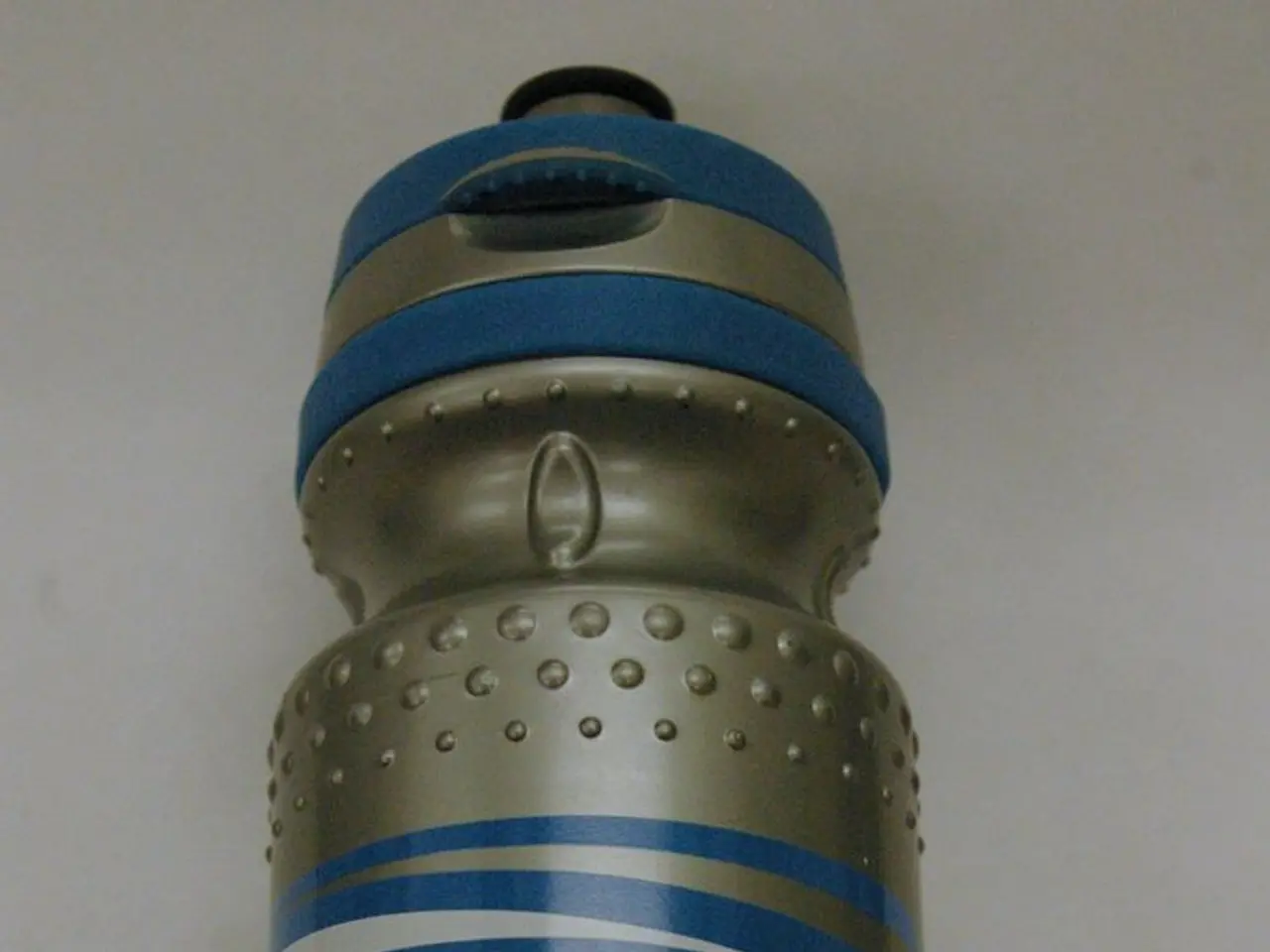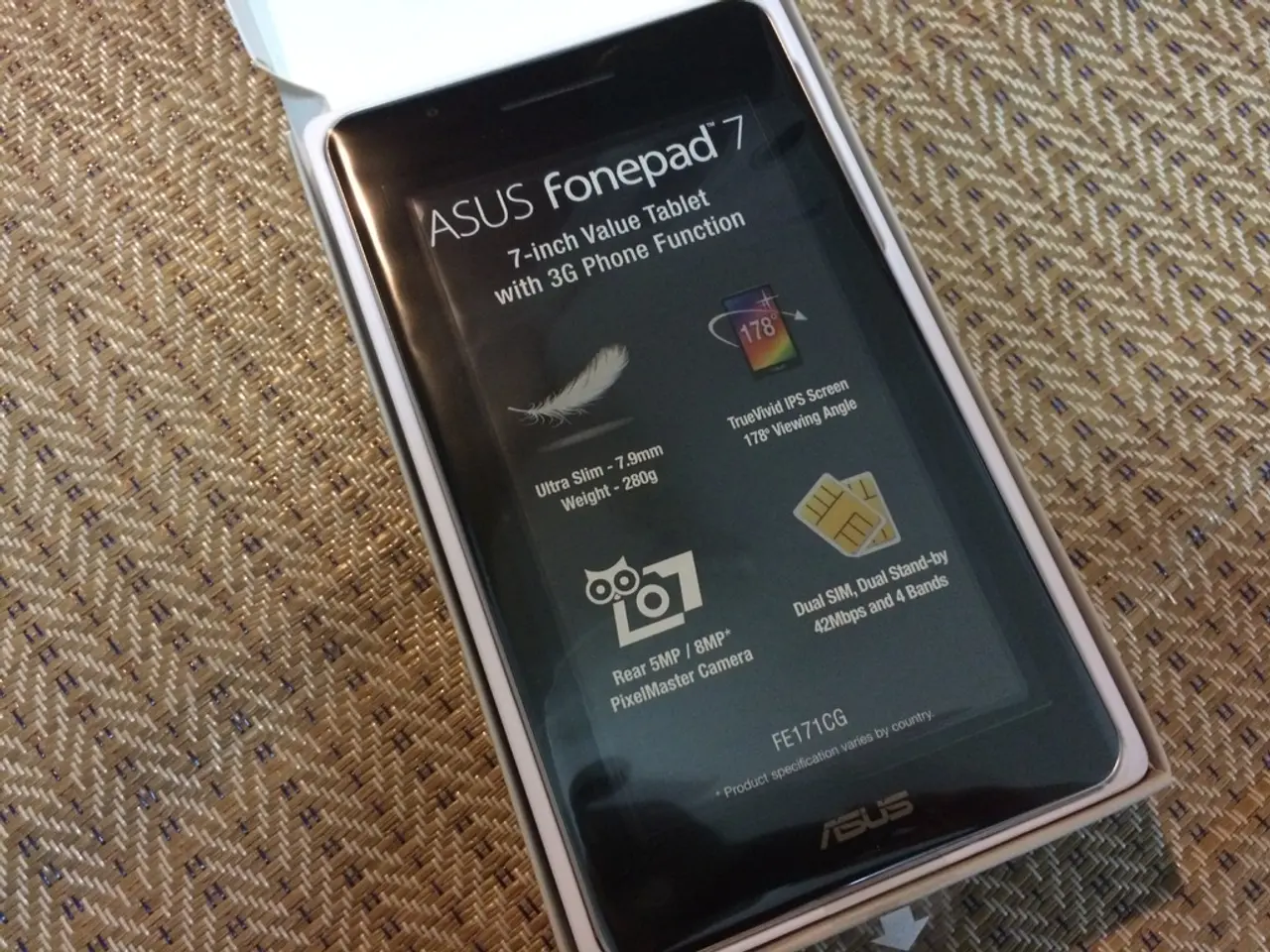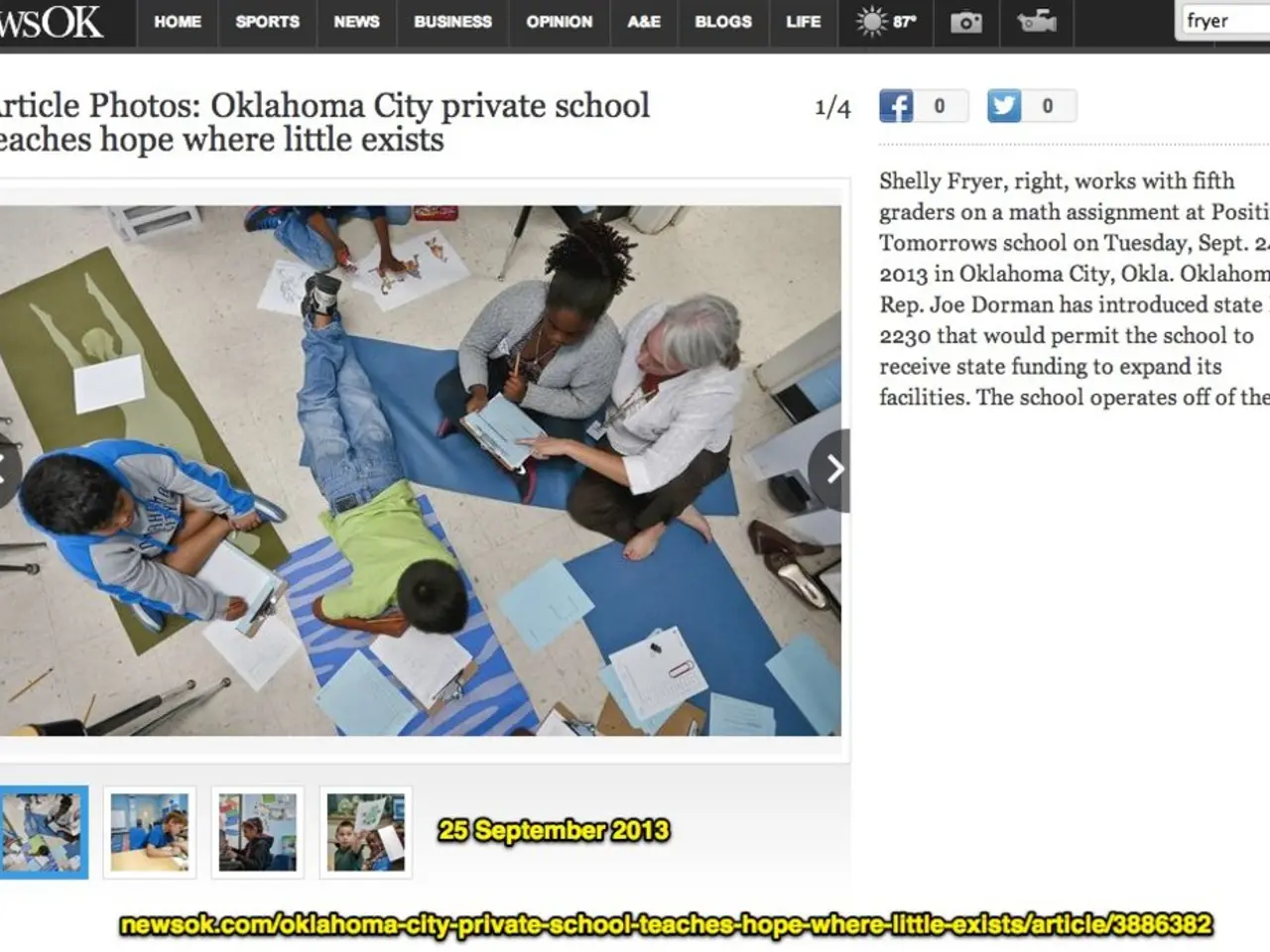Broadcasting institutions in all 50 states have endorsed a resolution aimed at retiring the ATSC 1.0 broadcasting standard.
The broadcasting industry is putting pressure on the Federal Communications Commission (FCC) to establish a clear and firm timeline for the full deployment of NextGen TV (ATSC 3.0), a new standard that offers benefits for consumers, local news, and national security.
Fifty state broadcasting associations, including the National Association of Broadcasters (NAB), have passed a resolution urging the FCC to set a date-certain transition plan for the full deployment of NextGen TV and sunset the original digital TV standard, ATSC 1.0. The resolution, dated July 31, 2025, does not specify a particular date for the transition but advocates for a firm cutoff.
The NAB has proposed a sunset date of February 2028 for the top 55 markets and a transition deadline of February 2030 for the remaining stations. Major broadcasters like Sinclair support this proposed schedule, while some LPTV groups and broadcasters like Weigel Broadcasting oppose it. TV set manufacturers and the Consumer Technology Association (CTA) have also expressed opposition to proposals that would mandate ATSC 3.0 tuners in all TV sets.
Broadcasters have already deployed NextGen TV broadcasts in markets reaching 75% of the population. However, continued reliance on spectrum-sharing agreements and regulatory and market uncertainties limit the full deployment of NextGen TV on a voluntary basis alone.
Pearl TV, a consortium of major broadcasters, has pushed the FCC for prompt regulatory action to meet manufacturing timelines necessary for introducing compatible TV receivers. According to Pearl TV, additional market launches are planned in 2025 to approach 80% U.S. population coverage before the transition date of February 2028 in top markets. Without a firm FCC mandate, device manufacturers remain cautious about committing resources to develop numerous ATSC 3.0-compatible products.
Discussions between broadcasting and public safety groups with the FCC underscore the importance of a defined transition timeline to enable local stations to upgrade equipment and staff training, especially to deploy enhanced emergency alerting features available in ATSC 3.0. Current simultaneous broadcasting of ATSC 1.0 and ATSC 3.0 limits the full benefits, and broadcasters seek clarity to fully migrate spectrum to the new standard.
In summary, the FCC itself has not yet set a formal date-certain transition or sunset deadline, but industry consensus and advocacy coalesce around the target of transitioning major markets by February 2028 and completing it by February 2030, pending FCC regulatory action. The full resolution can be found here.
[1] Broadcasting & Cable. (2025, July 31). NAB, State Associations Urge FCC to Set NextGen TV Transition Timeline. Retrieved from [link to the article]
[2] TV Technology. (2025, August 3). Pearl TV Urges FCC to Act on NextGen TV Transition Timeline. Retrieved from [link to the article]
[3] TVNewsCheck. (2025, August 5). FCC Urged to Establish Clear NextGen TV Deployment Timeline. Retrieved from [link to the article]
[4] Multichannel News. (2025, August 6). Broadcasters Push FCC for Clear NextGen TV Transition Timeline. Retrieved from [link to the article]
- The Federal Communications Commission (FCC) is under pressure from the broadcasting industry to set a clear timeline for the full deployment of NextGen TV (ATSC 3.0), a new standard that offers various benefits for consumers, local news, and national security.
- Fifty state broadcasting associations, including the National Association of Broadcasters (NAB), have passed a resolution urging the FCC to establish a date-certain transition plan for NextGen TV and sunset the original digital TV standard, ATSC 1.0.
- The NAB proposes a sunset date of February 2028 for the top 55 markets and a transition deadline of February 2030 for the remaining stations.
- Discussions between broadcasting and public safety groups with the FCC highlight the need for a defined transition timeline to enable local stations to upgrade equipment and staff training.
- Broadcasters seek clarity to fully migrate spectrum to the new standard, as current simultaneous broadcasting of ATSC 1.0 and ATSC 3.0 limits the full benefits of NextGen TV.
- Broadcasters have already deployed NextGen TV broadcasts in markets reaching 75% of the population, but continued reliance on spectrum-sharing agreements and regulatory uncertainties limit the full deployment of NextGen TV.
- Major broadcasters, TV set manufacturers, and consumer technology associations have expressed opinions on the proposed transition schedule, while some smaller broadcasters oppose it. Without a firm FCC mandate, device manufacturers remain cautious about committing resources to develop numerous ATSC 3.0-compatible products.




